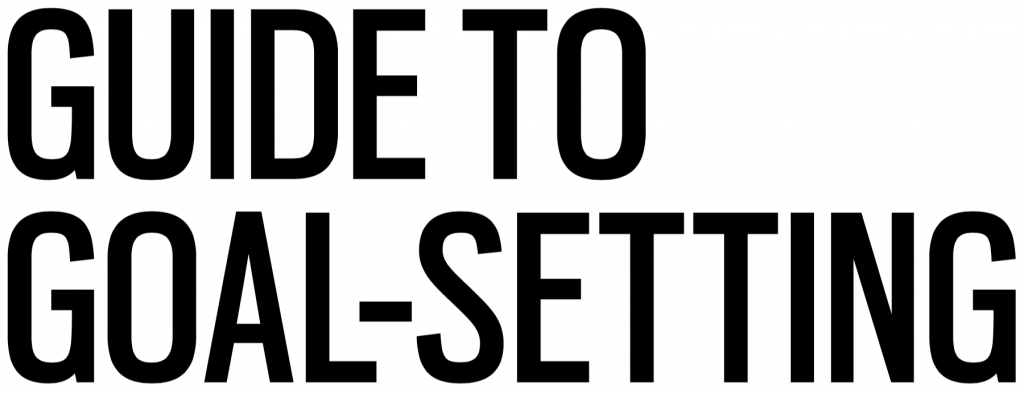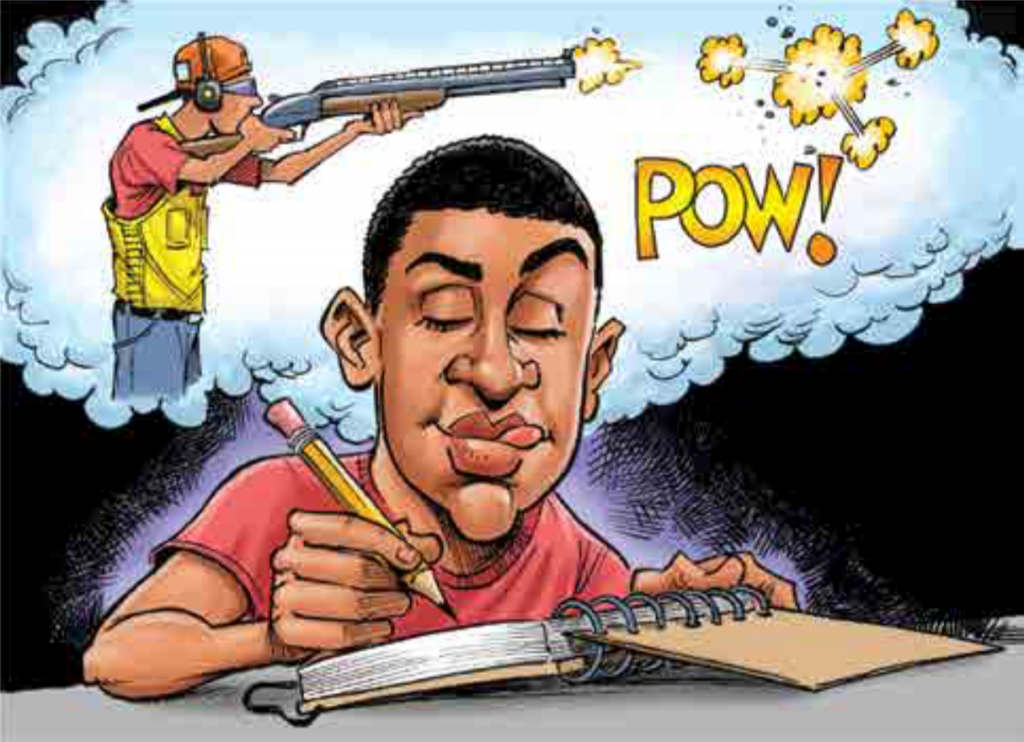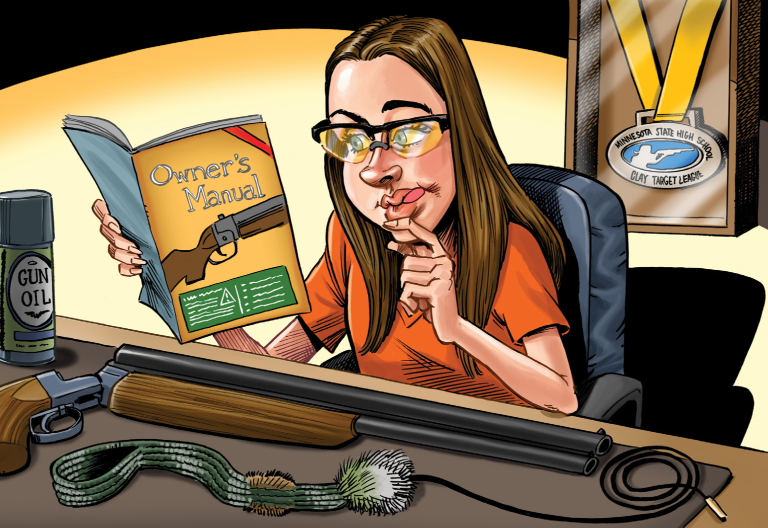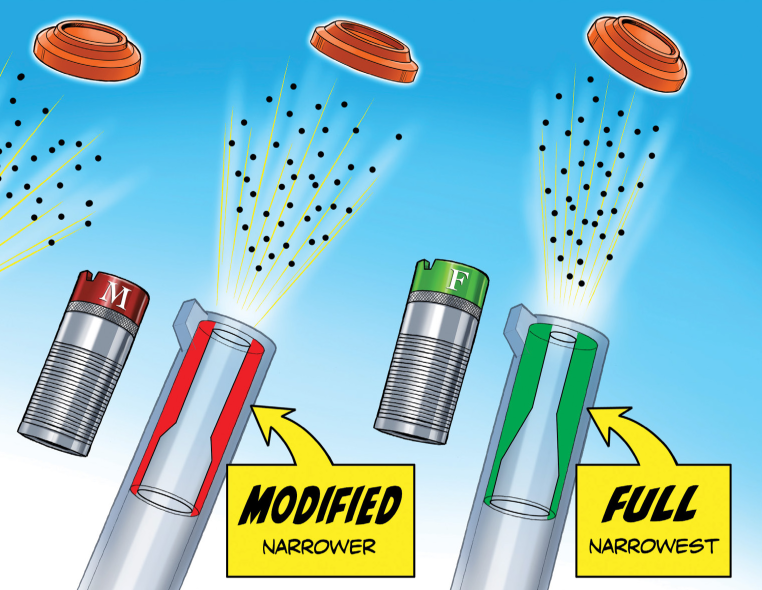
It’s been said for generations that one cannot fully know where they’re going without understanding where they’ve been. Successful people worldwide rely on goal setting to achieve great success, and clay target shooting sport enthusiasts are no different. One way to set and track goals is a concept called “journaling,” and it’s a great tool to achieve averages most of us can only dream about.
THE SECRET TO SUCCESS

Journaling is the simple art of taking detailed notes before and after each shoot. While coaches have the luxury of evaluating their athletes from multiple positions on the field, taking mental notes and scribbling down ideas, athletes do not have this luxury and can be left feeling frustrated when their scores start to plateau.
Journaling can be a way for athletes to track their progress over time, in different shooting conditions, and across many other variables. The more detail the athlete captures, the better understanding they will have when it comes to making adjustments.
SETTING GOALS
A journal can provide a wealth of information to an athlete after just a few weeks. However the data collected is just data unless it’s looked at for a specific purpose. That’s why it’s important that before an athlete starts a journal, he or she sets attainable goals to work towards. Saying “I want to break a 25” is usually not specific enough. Instead, setting a goal of improving your average by one bird is more reasonable and
attainable. Other goals include getting better at angles or learning to concentrate better in different weather or shooting conditions.
SHOOTING JOURNAL
The shooting journal does not need to be overly complicated. Depending on your goals, you could include notes on the fol- lowing at each given shoot:
• Temperature
• Humidity
• Wind Speed
• Weather Conditions (Rain or Shine)
• Lighting Conditions (Sunny or Cloudy)
• Shotgun Type
• Ammunition Type
• Choke
• Starting Post
• Background
• Round Score
• Broken Targets Per Post or Station

It’s important to track these things to establish patterns and identify commonalities between successful rounds. Journaling helps athletes identify patterns that they can then use to improve their practice routines and make adjustments to their shooting habits.
Over time and through consistent practice, an athlete who is journaling can learn what they’re doing well and what they can improve on. They can look back from week to week and see what adjustments have helped and what have yielded less than desirable results.



